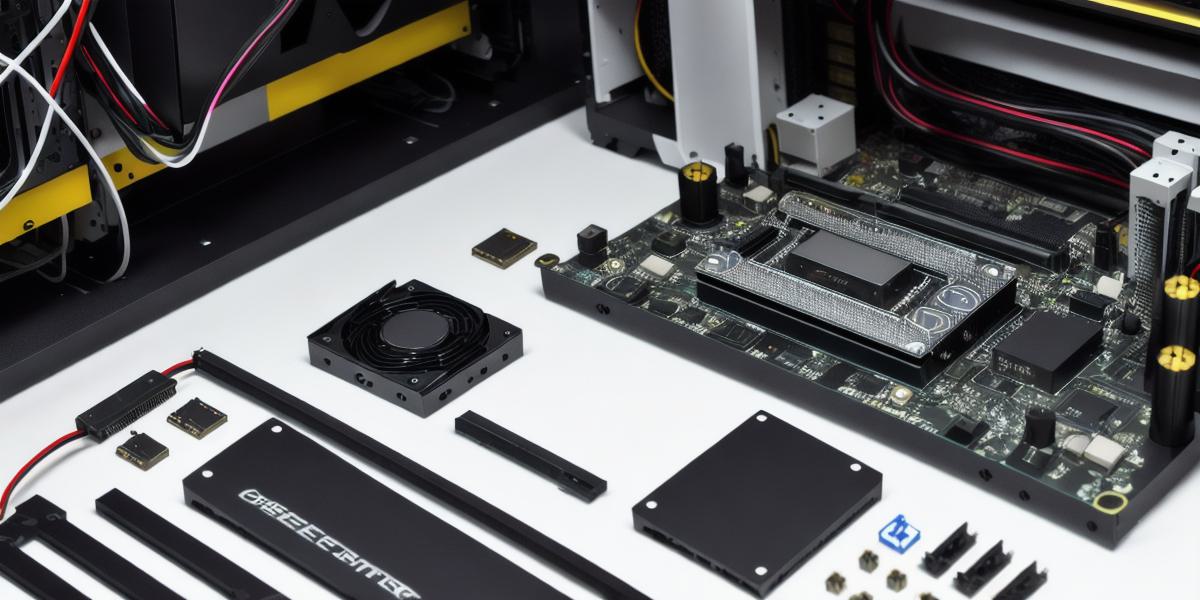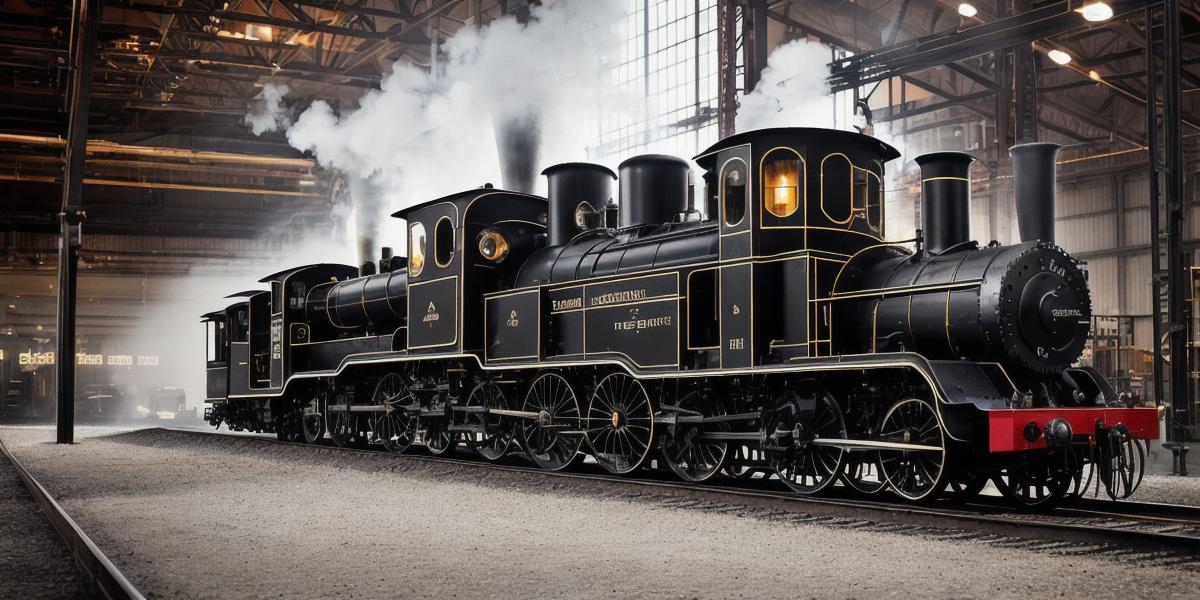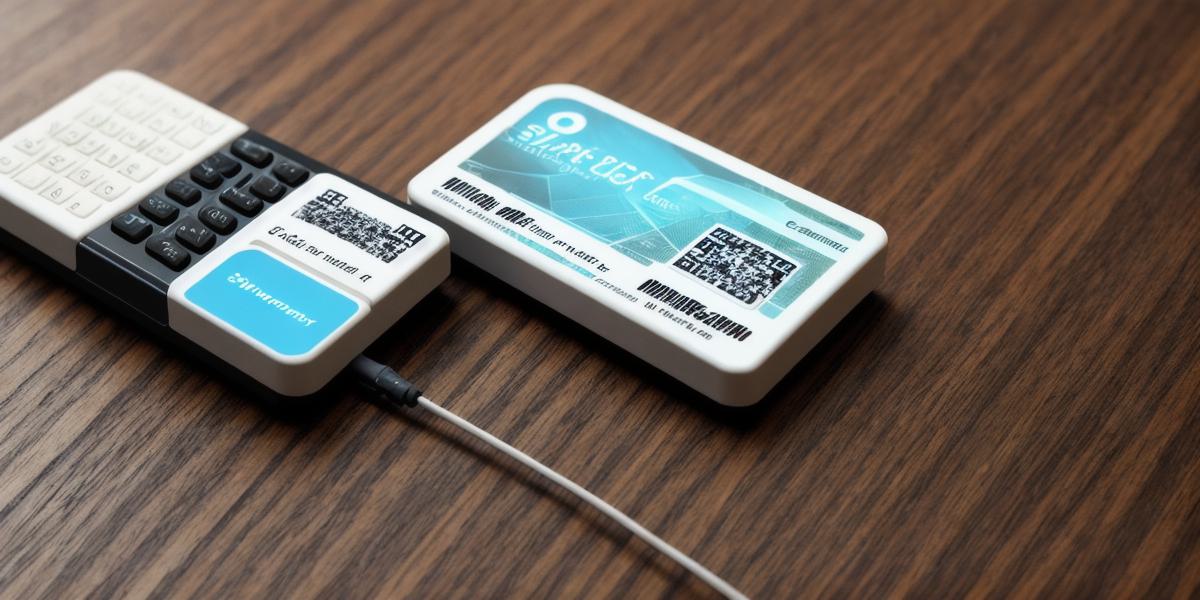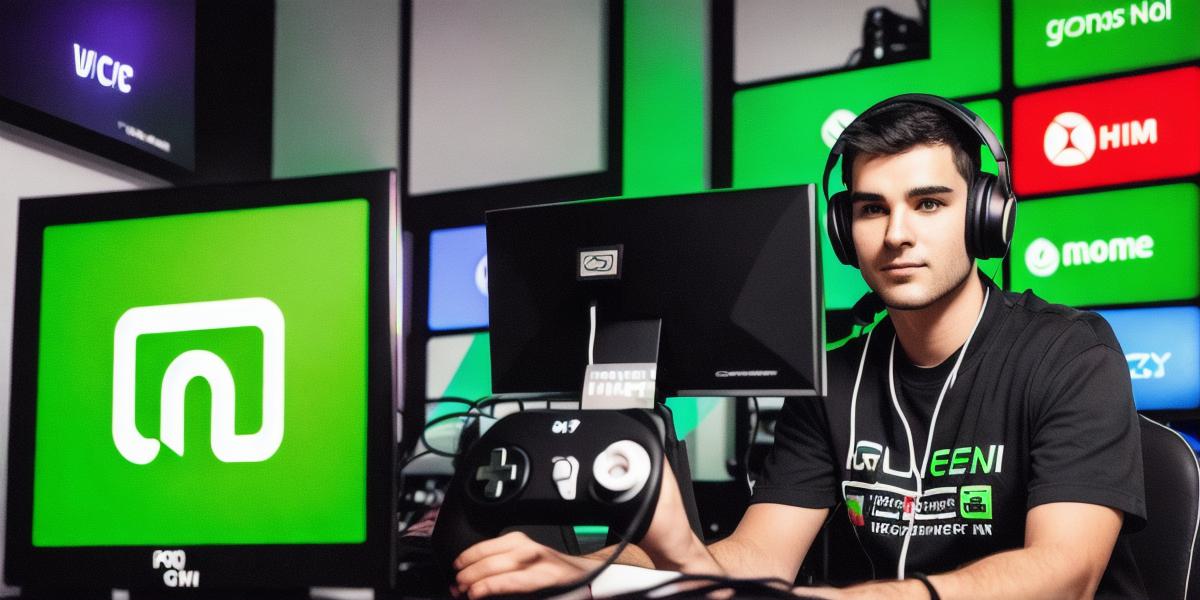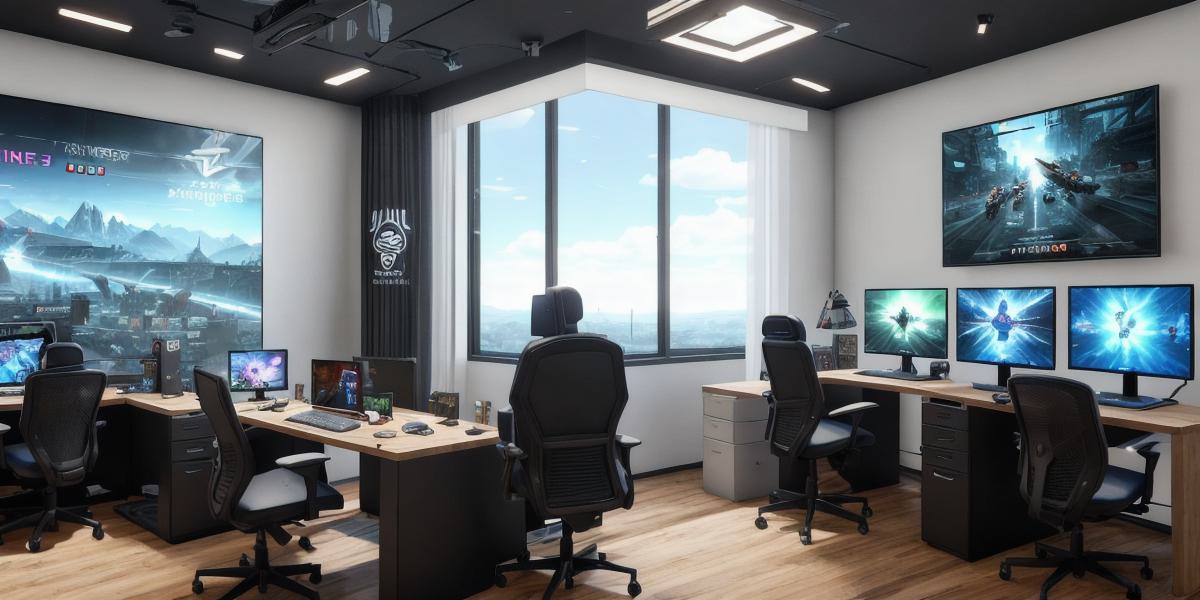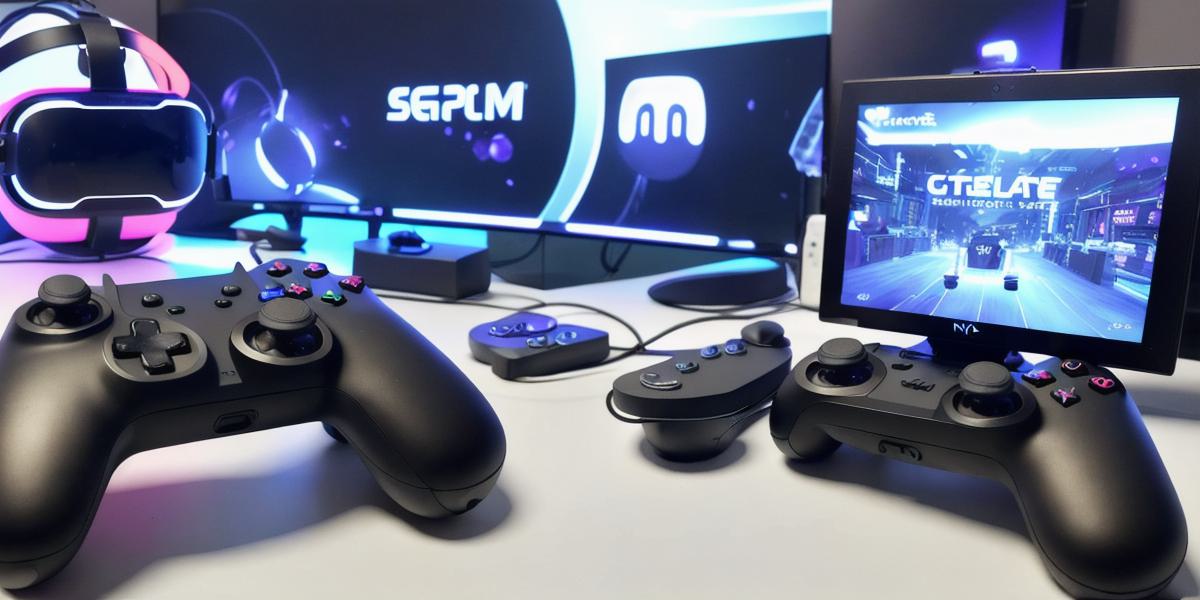Gaming PCs are becoming increasingly popular as people seek higher performance and more immersive gaming experiences. However, building a gaming PC can be daunting for beginners who may not know where to start or what components they need. In this guide, we will walk you through the process of building a high-performance gaming PC that meets your budget and performance needs.
Step 1: Determine Your Budget and Performance Needs
Before you start building a gaming PC, it’s important to determine your budget and performance requirements. This will help you choose the right components and avoid overspending. Some important factors to consider include graphics card performance, CPU speed, RAM capacity, storage capacity, and power supply efficiency.
Step 2: Choose Your Components
Once you have determined your budget and performance needs, it’s time to choose your components. Here are some of the most important components to consider when building a gaming PC:
Graphics card: The graphics card is responsible for rendering graphics in games, and there are many options available at different price points. Popular choices include Nvidia GeForce and AMD Radeon series cards.
CPU: The CPU is responsible for executing instructions and performing calculations, and there are many different types available. Intel Core and AMD Ryzen are popular choices.
RAM: RAM (Random Access Memory) stores the data that your computer needs to access quickly. At least 8GB of RAM is recommended for gaming, but higher capacities can improve performance.
Storage: There are two main types of storage: SSDs (Solid State Drives) and HDDs (Hard Disk Drives). SSDs are faster and more reliable than HDDs, but also more expensive. You will need at least a 256GB SSD for gaming.
Power supply: The power supply converts the AC power from your wall outlet into DC power that can be used by your computer’s components. It’s important to choose a power supply with enough watts to power all of your components and avoid overloading it.
Step 3: Build Your PC
Once you have chosen your components, it’s time to build your PC. Here are some steps to follow:
Install the CPU onto the motherboard by aligning it with the socket and inserting it into place.
Install the RAM modules into the slots on the motherboard by gently pushing them in until they click into place.
Mount the power supply into your case and connect all of the cables to the appropriate components.
Install the graphics card into its PCIe slot on the motherboard and connect it to the power supply using a 6-pin PCIe power connector.
Connect the storage device(s) to the motherboard using SATA or NVMe cables, depending on your type of drive.
Turn on your computer by plugging in the power cable and pressing the power button on your case.
Step 4: Test Your PC
After you have built your PC, it’s important to test it to ensure that everything is working properly. You can do this by running some benchmarks and games to check for any performance issues or errors. If you notice any problems, consult the manufacturer’s documentation or seek help from a professional.
In conclusion, building a gaming PC can be a rewarding experience that allows you to customize your computer to meet your specific needs. By following these steps and doing your research, you can create a high-performance gaming PC that will provide hours of entertainment and immersion.
